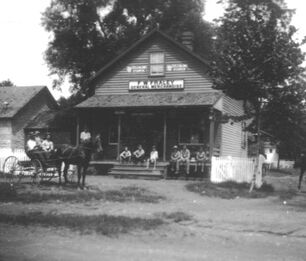 F. W. Fraley General Store in Catoctin Furnace F. W. Fraley General Store in Catoctin Furnace I guess you could say that Harry Payton Fraley spent the bulk of his life around furnaces and ovens—quite a “warm existence.” Born on March 10th, 1896, Harry was the son of James Henry Fraley and wife Victoria Isabelle Sweeney, farmers in the vicinity of Catoctin Furnace. The small northern Frederick County hamlet (below Thurmont) boasted a prosperous iron producing operation established by James and Thomas Johnson at the advent of the American Revolution. A bustling industrial and residential complex grew up here taking the name of Catoctin Furnace from the adjacent geologic structure of neighboring Catoctin Mountain. Harry’s cousins operated the company store for many years, so named with the family moniker—Fraley’s General Store. Harry P. Fraley’s great-great-grandfather, Johann Henry Frolich (anglicized to Fraley), was a drummer in the Hessian Army and apparently captured at the Battle of Yorktown in 1781 and brought to Frederick to be imprisoned. After the war ended, he, like many other Hessian soldiers, decided to stay in the fair county and the newly victorious United States of America. Johann would eventually gain employment at the Johnson Furnace and lived in the village until his death in 1830. His son, Solomon, and grandson, Jonathan S. Fraley, worked as laborers at the furnace in addition to farming. The latter (Harry P. Fraley’s grandfather) took employment at the local furnace, with the 1880 US Census showing that he drove a delivery team of mules for the operation. Harry grew up here at “The Furnace” and attended the local public school up through the 7th grade, which was customary as he assisted his father and siblings on the family farm. He would experience three major events in his childhood. In 1903, the Catoctin Furnace went out of blast, being quieted for good after a run of 128 years. In June, 1905, tragedy struck the residents as news reached town that a flat car loaded with railroad workers from Catoctin Furnace was being hauled up the line and as a result of an error in signals, a fast train crashed into it. Almost every family in the village was touched by a personal loss. Two years later in 1907, the Catoctin Iron Works went into the hands of receivership and was sold to a congressman from Bedford County, Pennsylvania and soon closed. All of the machinery was moved to a like plant near Pittsburgh. In February 1918, Harry married Maude Mahala Zimmerman. Five months later, the groom shipped out of the vicinity to participate in World War I. He was a private with the Machine Gun Company within the 71st Infantry Regiment. He is one of nearly 600 local veterans of the Great War featured with a memorial page on our sister website www.MountOlivetVets.com. Here is a brief overview of his war experience including his draft/enlistment papers. Harry would be honorably discharged in January, 1919 and came back to Catoctin Furnace unscathed. He got to first hold his son, Francis James Henry Fraley, who had been born in December, 1918. The couple can be found living here in the 1920 US census. 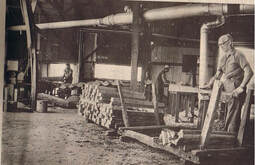 The exciting inner-workings of a vintage stave mill The exciting inner-workings of a vintage stave mill The furnace property had been used for a couple of different purposes, but the hamlet’s lifeblood was gone. One of these supplemental operations gave employment to Harry P. Fraley. In 1920, he took a job at the local stave mill here, housed within some of the old furnace operation buildings. Stave mills produce the narrow strips of wood that compose the sides of barrels, which were vital for the transportation of goods in the days before easily fabricated boxes and waterproof plastic containers. The Hickory Run Stave Mill was begun in 1914, and managed by a firm out of Lehigh, PA. It would operate for about 12 years. By 1930, Harry had moved to the Ballenger Creek Pike area southwest of Frederick, and was employed as a tenant farmer on a property owned by his father-in-law. Fraley also dabbled in trucking and hauling. He would live with his wife and son until 1938, at which time he separated from his wife. The 1940 census shows that he was a driver for an oil refining company. The couple was back living together again, but this would not last. In early 1946, Harry and Maude officially divorced, apparently due to Harry’s abandonment the previous year. Both had been put through immense strain in June, 1944 as they endured the news that son Francis had been wounded in France during World War II. In 1956, Harry remarried a divorcee named Lillian Anna Wachter. The two lived at 22 Hamilton Avenue in Frederick.
Oh What a Night Harry lived out his life working as a night watchman for the G&L Baking Company, also written out as G.L. Baking Company. It was a peaceful and drama-free job for the man from north county, at least until his very last week on the job before a well-deserved scheduled retirement in September, 1975. On that particular overnight of September 25th/26th, while making his rounds, the native of Catoctin Furnace suddenly found himself “floured and battered,” but not exactly in that particular order. Not a good showing for Harry as the bad guy made off with the dough, both literally and figuratively. So much for the gold retirement watch, I guess. I’m not sure if our subject had to work out his last two days or not, but he would retire from G.L. Baking with the dark-comedic story of a lifetime to tell, although not of the standard hero variety. Regardless, Harry P. Fraley was a child of the mighty furnace, a war vet, and faithful employee of the stave mill and bakery. I could not find anything further on the case, and am figuring they never caught the culprit. Harry would live to tell his harrowing tale for six anniversaries of the bakery burglary event. He died a few weeks prior to the 7th anniversary, succumbing on September 9th, 1982. He was laid to rest in Mount Olivet’s Area GG/Lot 55 by the side of wife Lillian, who had died nearly two decades earlier. I have to say, this simple story made quite an impact on me, so much so, I was inspired to place "flours" on Mr. Fraley's grave. It was only temporary though, and I had to settle for a brand other than G.L. --as it's been quite a while since that local product has been on the grocery store shelves!
(Author's Note: Special thanks to Thurmont mayor/historian John Kinnaird for the period images of Catoctin Furnace from the Robert S. Kinnaird Collection of Historic Thurmont Photographs.
2 Comments
Nancy Bodmer
7/27/2020 07:27:59 pm
You did it again my friend and topped off this Story in Stone with your special touch of flowers date I mean flours! You tie a person's life into a tidy bun.
Reply
Denny Brown
7/28/2020 03:01:10 pm
My grandfather, Raymond E. Marken, worked for G.L. Baking. He died on the Funkstown bridge in a G.L. truck.
Reply
Leave a Reply. |
STORIES
|
Archives
July 2024
June 2024
May 2024
April 2024
March 2024
February 2024
January 2024
December 2023
November 2023
September 2023
August 2023
July 2023
June 2023
May 2023
April 2023
March 2023
February 2023
January 2023
December 2022
November 2022
October 2022
September 2022
August 2022
July 2022
June 2022
May 2022
April 2022
March 2022
February 2022
January 2022
December 2021
November 2021
October 2021
September 2021
August 2021
July 2021
June 2021
May 2021
April 2021
March 2021
February 2021
January 2021
December 2020
November 2020
October 2020
September 2020
August 2020
July 2020
June 2020
May 2020
April 2020
March 2020
February 2020
January 2020
December 2019
November 2019
October 2019
September 2019
August 2019
July 2019
June 2019
May 2019
April 2019
March 2019
February 2019
January 2019
December 2018
November 2018
October 2018
September 2018
August 2018
July 2018
June 2018
May 2018
April 2018
March 2018
February 2018
January 2018
December 2017
November 2017
October 2017
September 2017
August 2017
July 2017
June 2017
May 2017
April 2017
March 2017
February 2017
January 2017
December 2016
November 2016

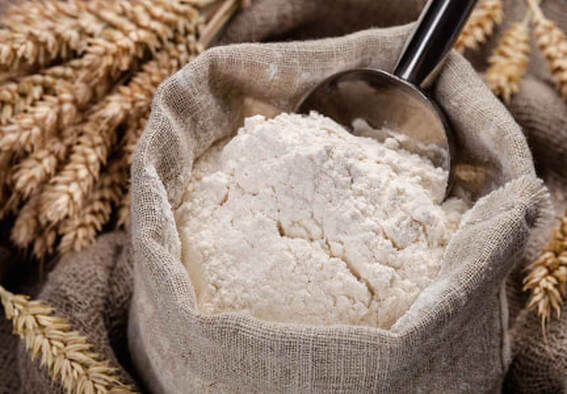
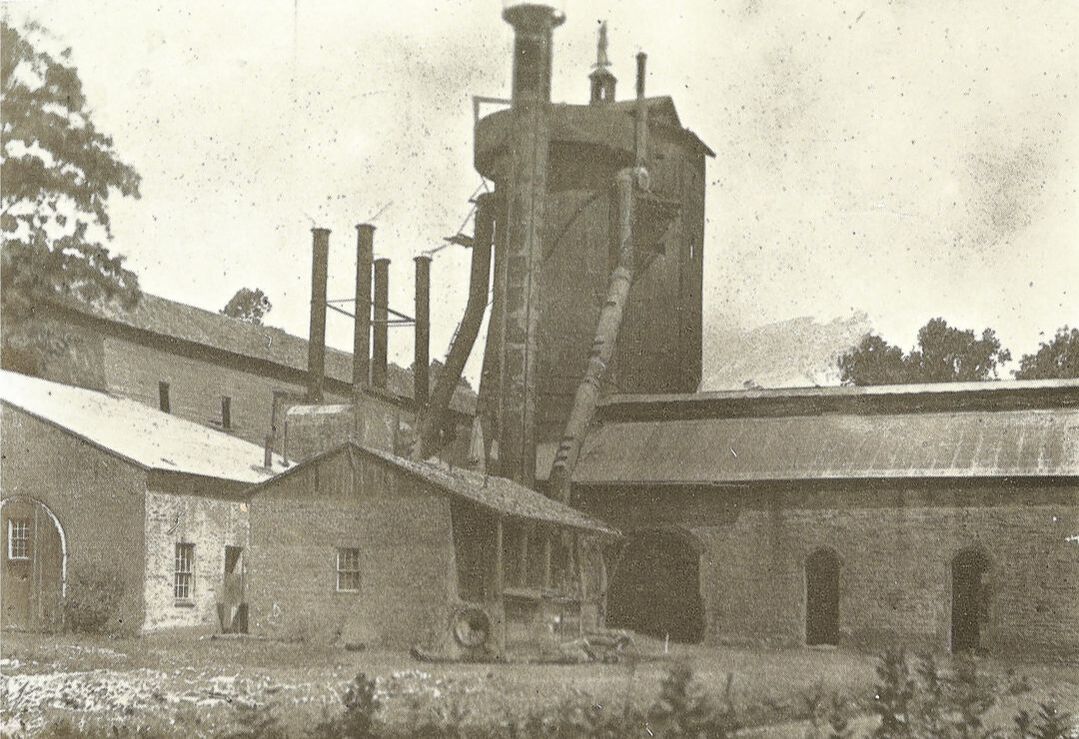

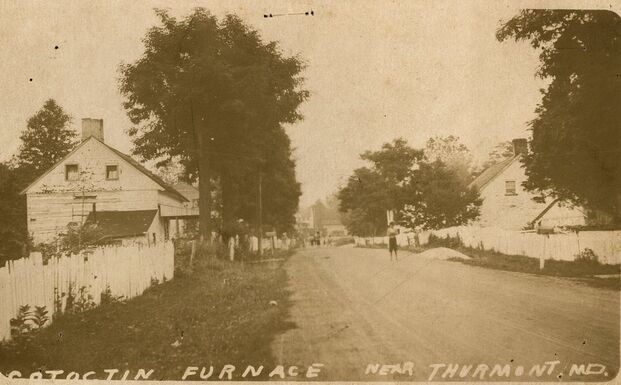
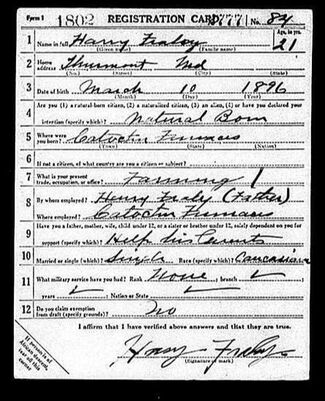
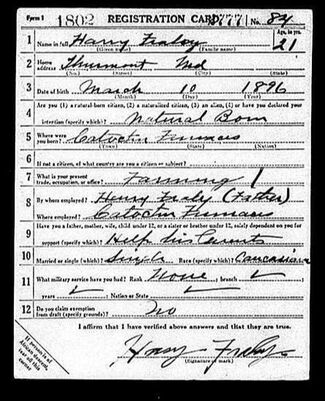
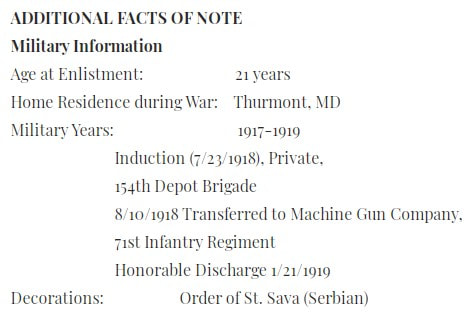

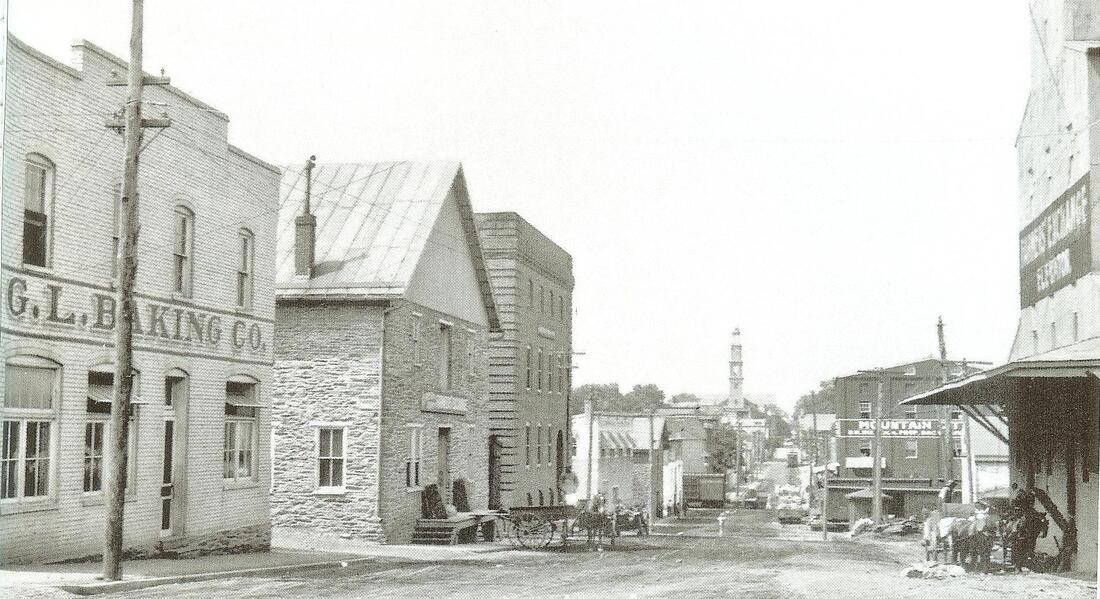
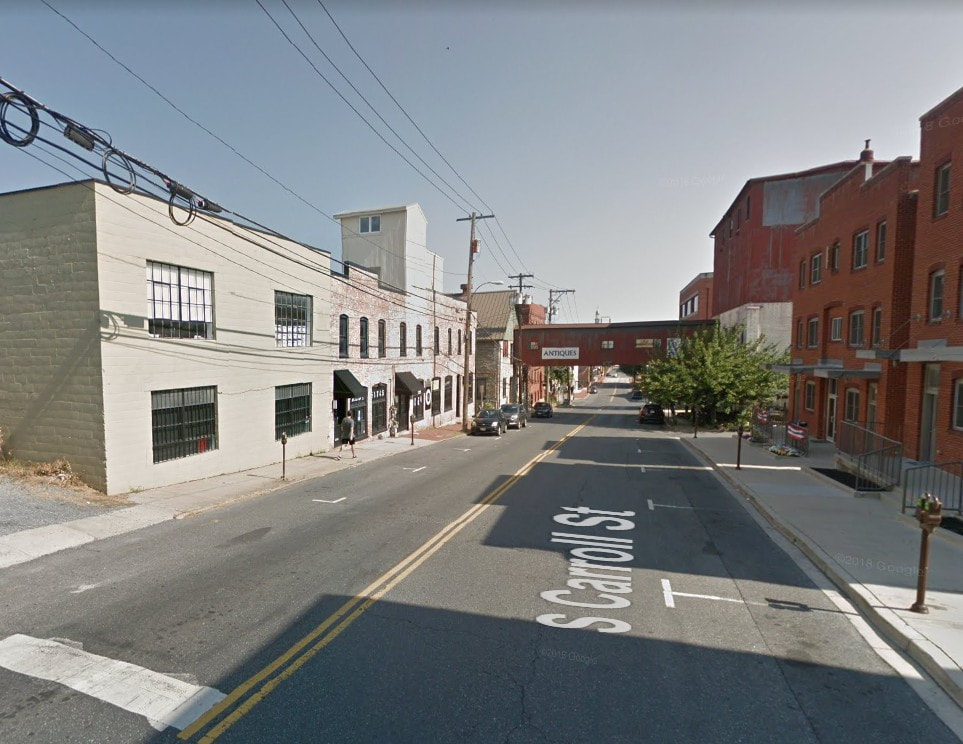
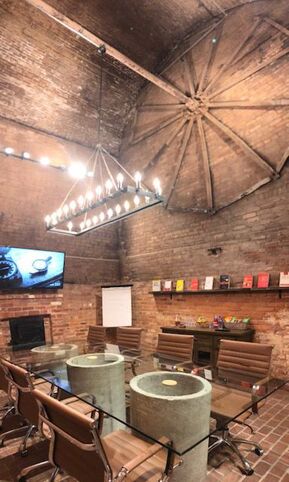
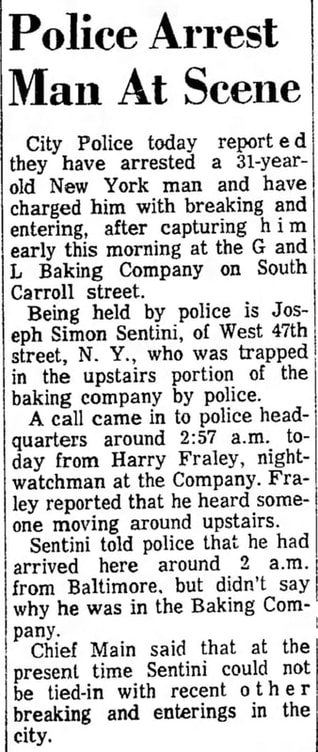
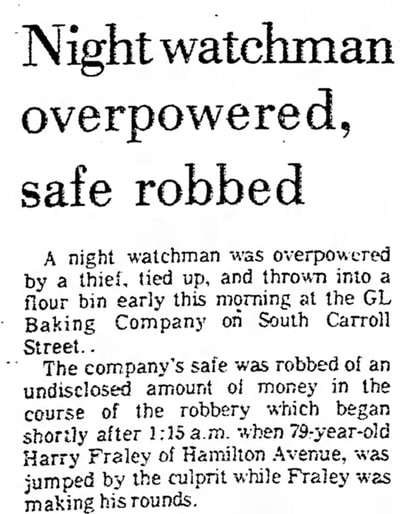
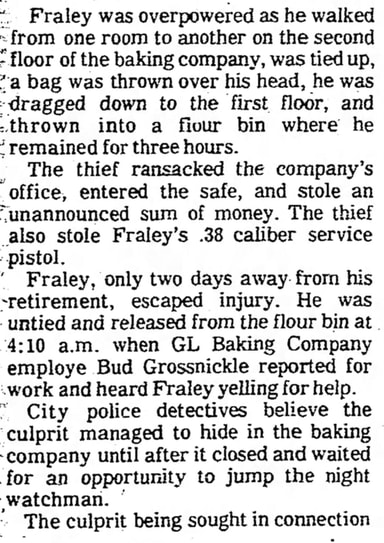

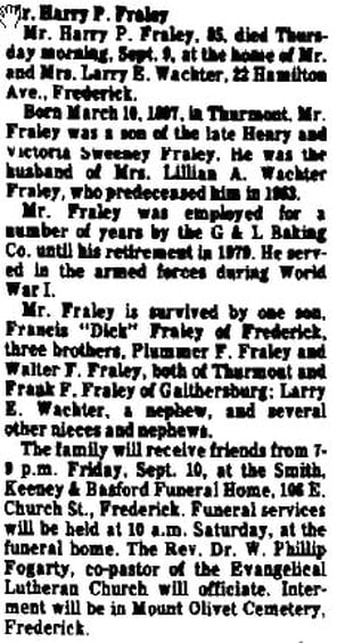
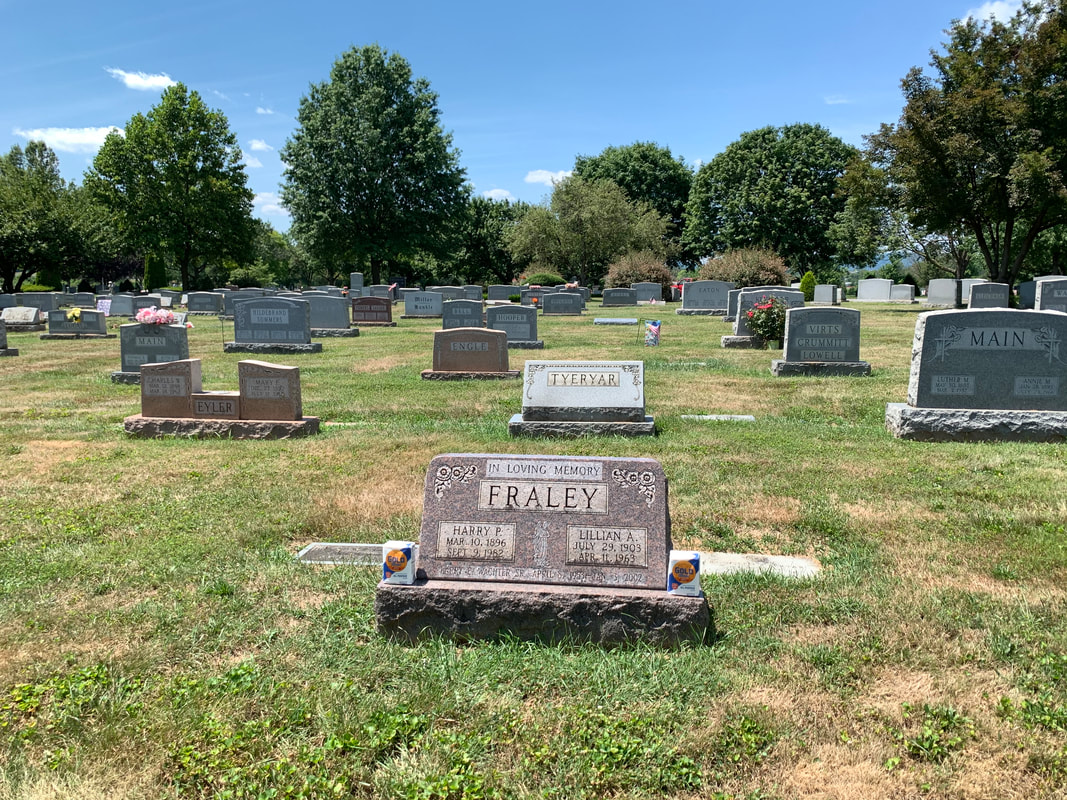
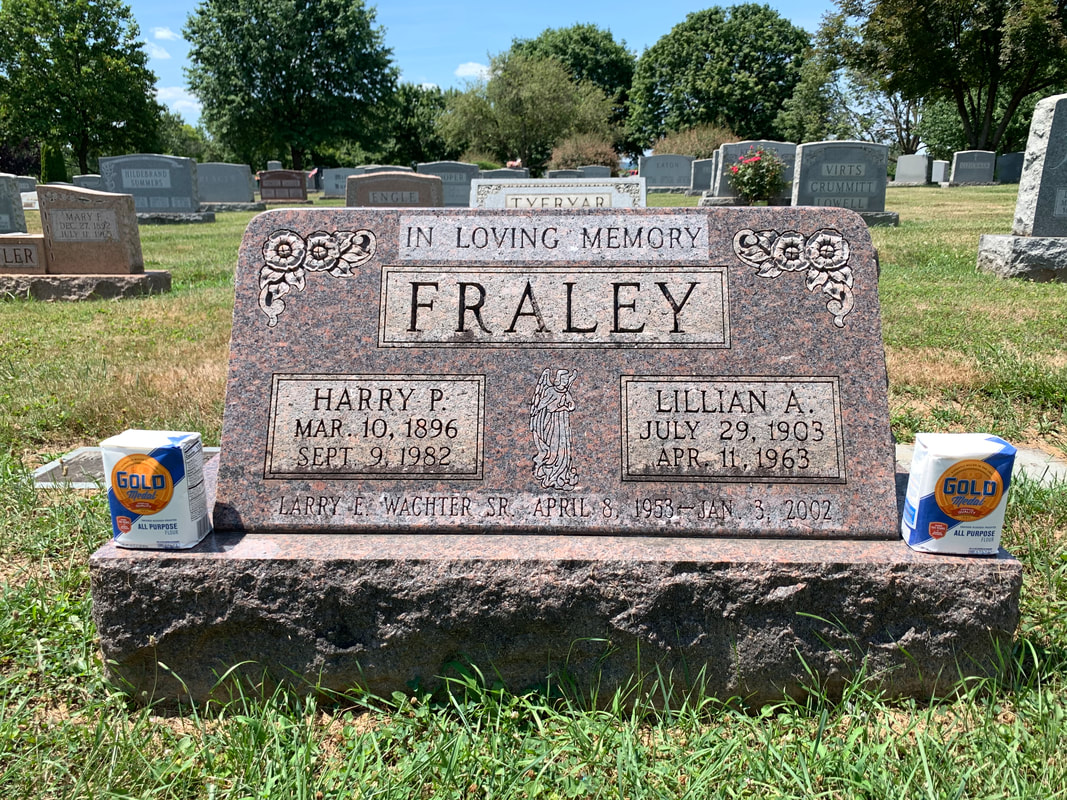

 RSS Feed
RSS Feed